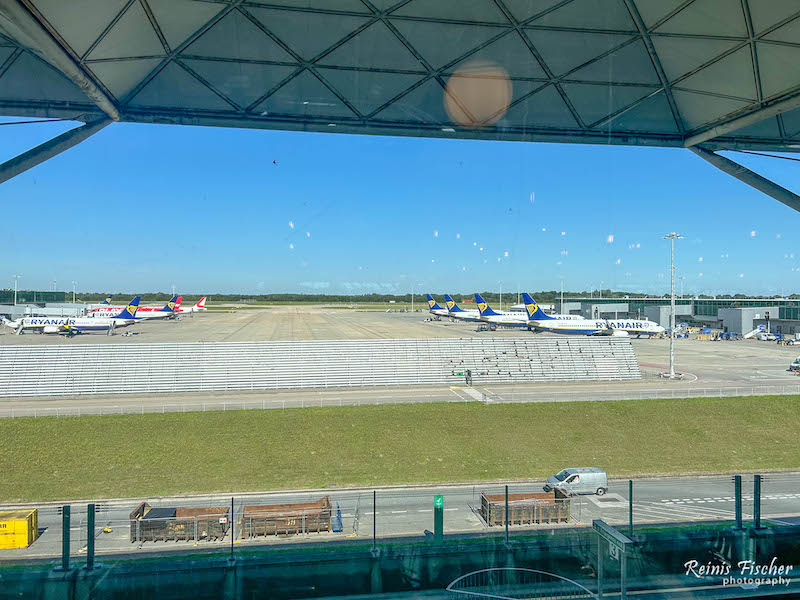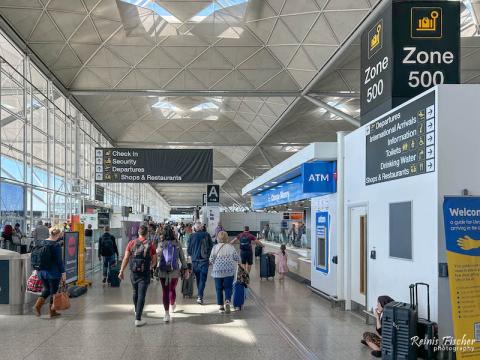London Stansted Airport is an international airport serving London, England. It is located near Stansted Mountfitchet, Essex, 42 mi (68 km) northeast of Central London.
London Stansted serves over 160 destinations across Europe, Asia and Africa. Stansted is a base for a number of European low-cost carriers. This includes being the largest base for low-cost airline Ryanair, with over 100 destinations served by the airline. As of 2022, it is the fourth-busiest airport in the United Kingdom after Heathrow, Gatwick, and Manchester.

I first visited this airport back in August 2023, returning to Riga from London by Ryanair. Cozy little airport. To get here we used the BOLT app, while actually staying for a night in a nearby hotel at Radisson Blu.

Converted to civil use from RAF Stansted Mountfitchet in the late 1940s, Stansted was used by charter airlines. It came under British Airports Authority control in 1966. The privatised BAA sold Stansted in February 2013 to Manchester Airports Group as a result of a March 2009 ruling by the Competition Commission against BAA's monopoly position.
London Stansted Airport is located near the village of Stansted Mountfitchet. It has one main passenger terminal. Three passenger satellites have departure gates; one is connected to the main terminal by an air bridge and the other two by the Stansted Airport Transit System people mover.

The terminal building was designed by Foster and Partners with input from structural engineer Peter Rice, and features a "floating" roof, supported by a space frame of inverted-pyramid roof trusses, creating the impression of a stylised swan in flight. The base of each truss structure is a "utility pillar", which provides indirect uplighting illumination and is the location for air-conditioning, water, telecommunications, and electrical outlets. The layout of the airport was originally designed to provide an unobstructed flow for passengers to arrive at the short-stay car park, move through the check-in hall, and go through security and on to the departure gates, all on the same level.
From 1997 to 2007, Stansted had rapid expansion of passenger numbers on the back of the boom in low-cost air travel, peaking at 24 million passengers in the 12 months to October 2007, but passenger numbers declined in the next five years. Passenger totals later increased, and in 2016 recorded an annual increase of 8.0% to 24.3 million, and numbers have since continued to rise.

